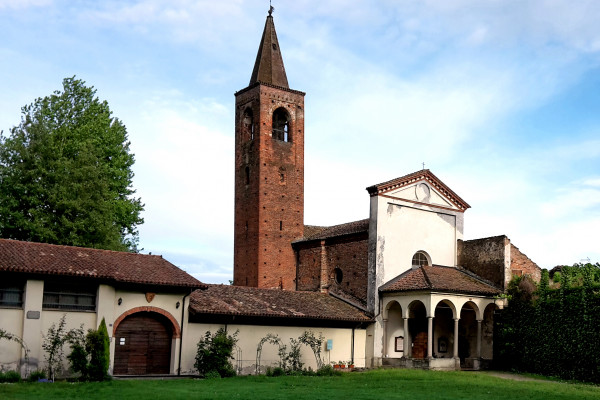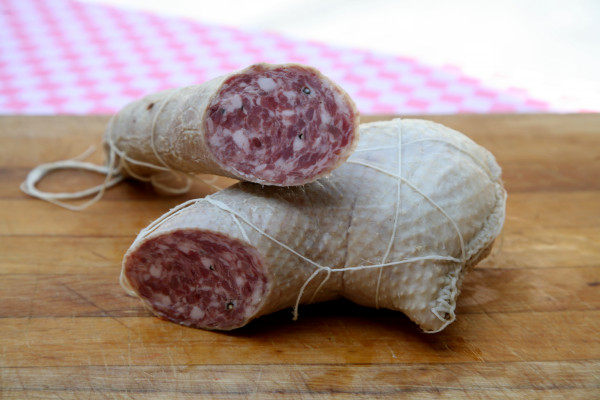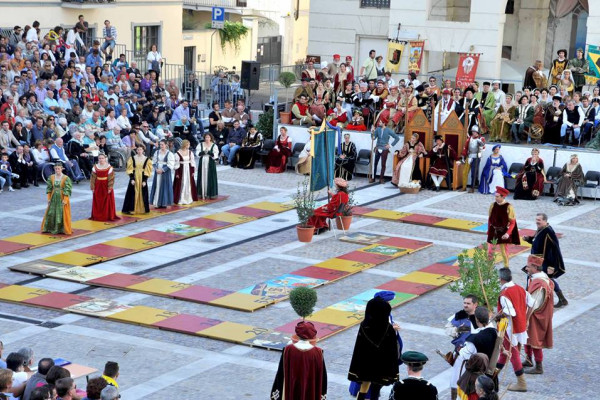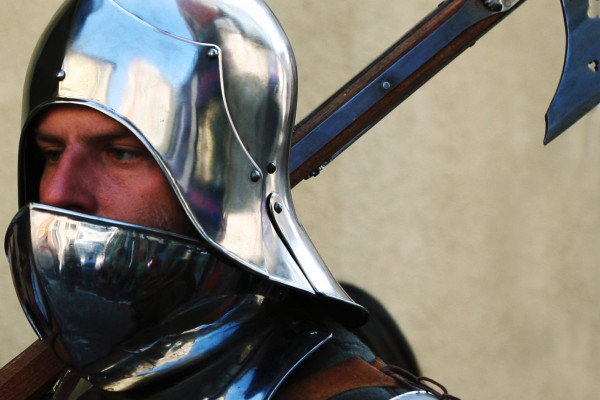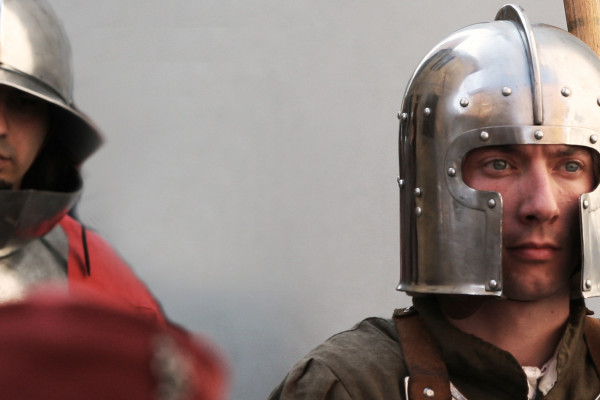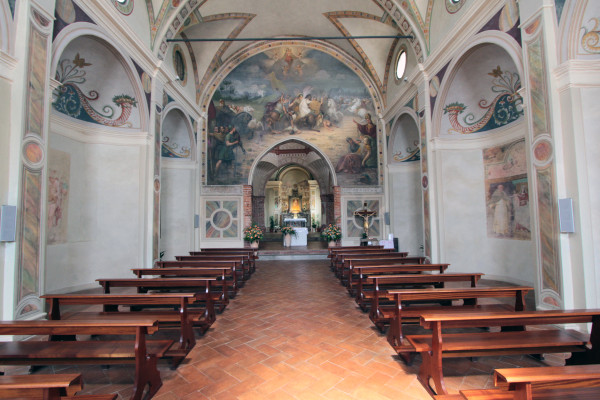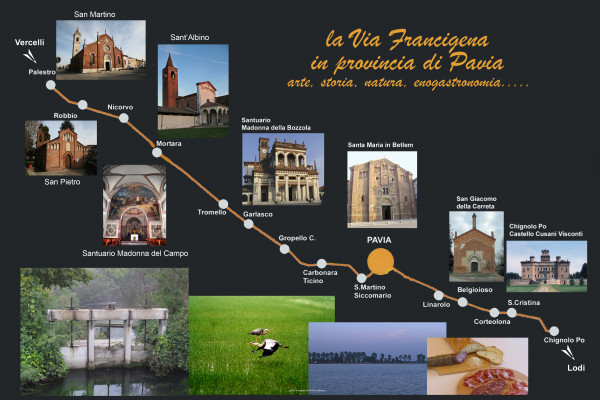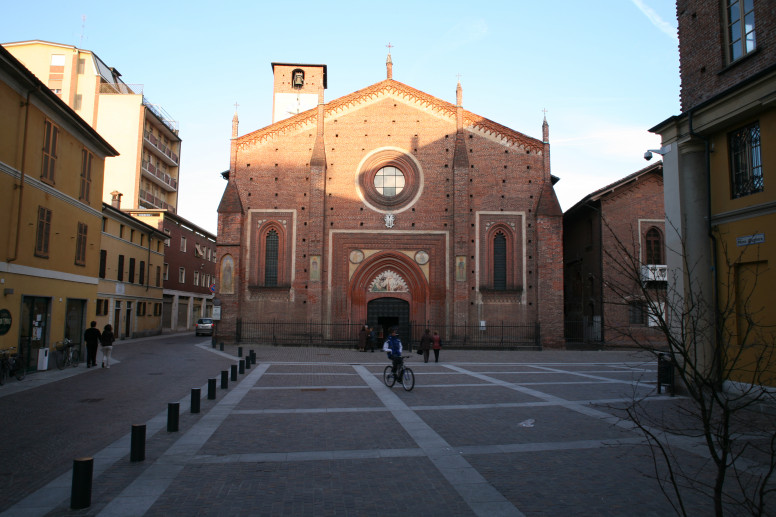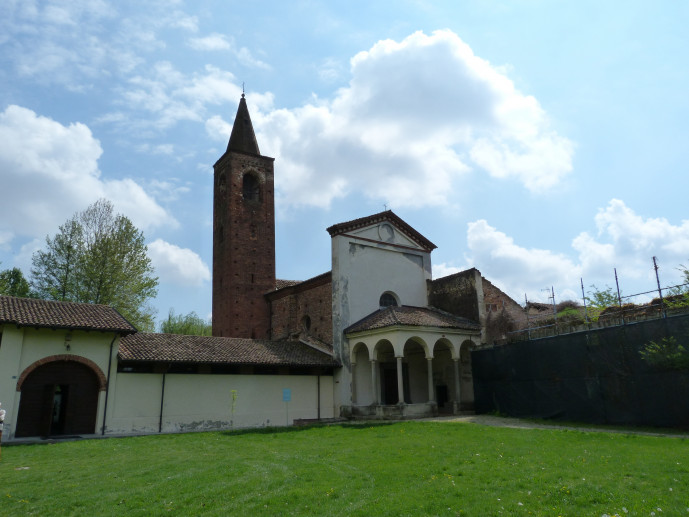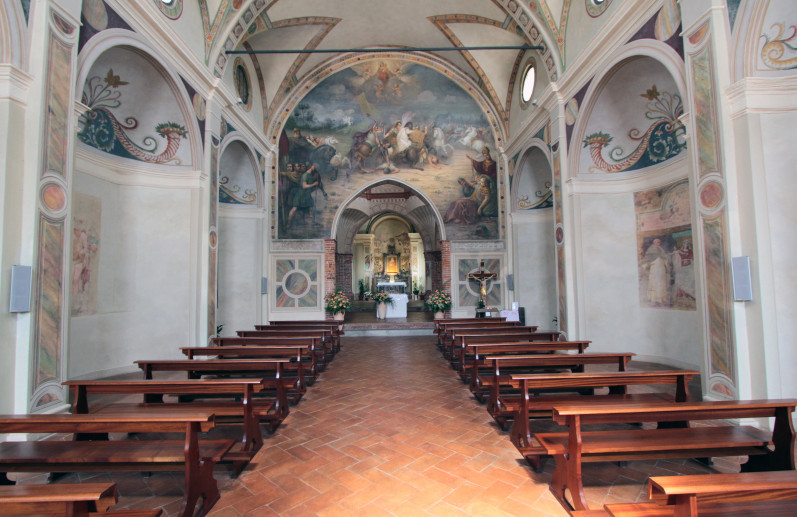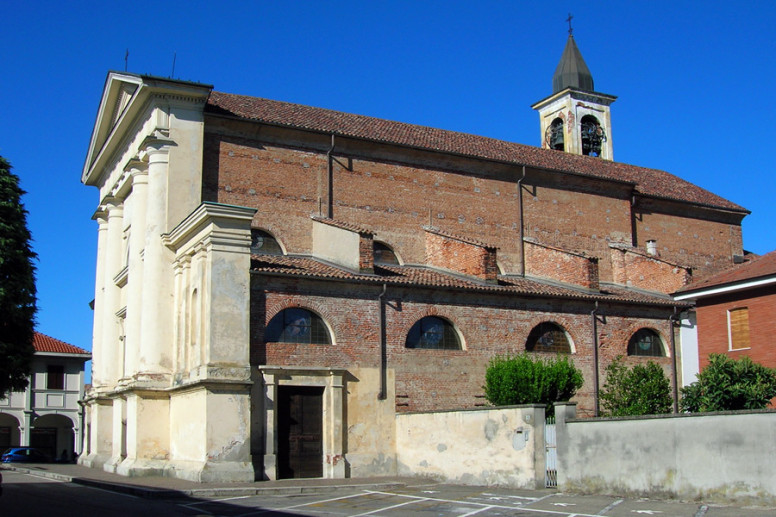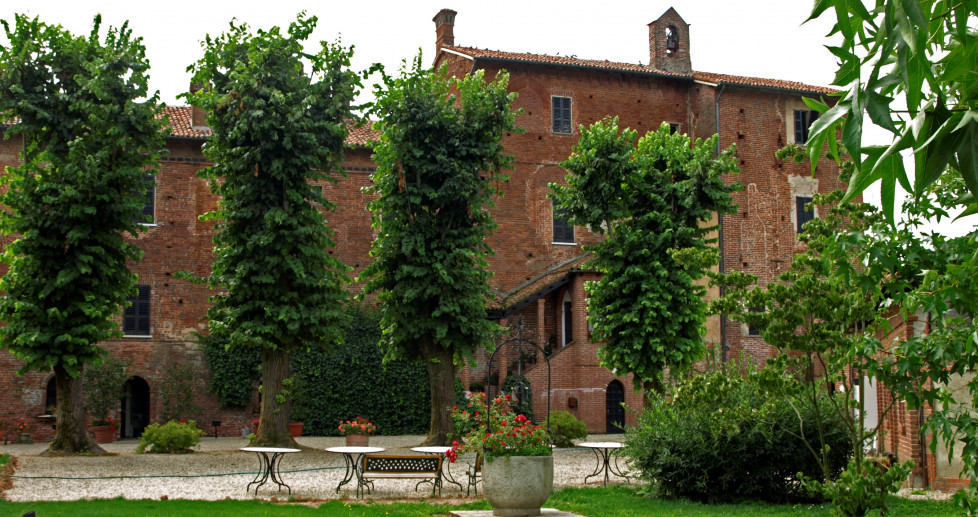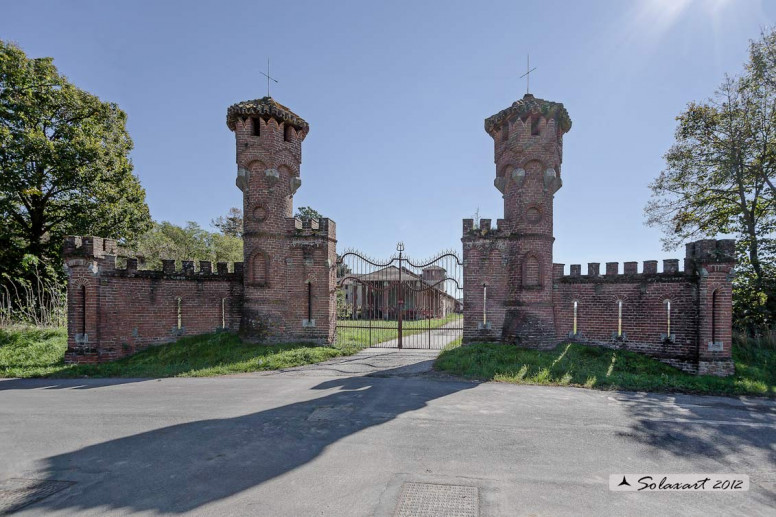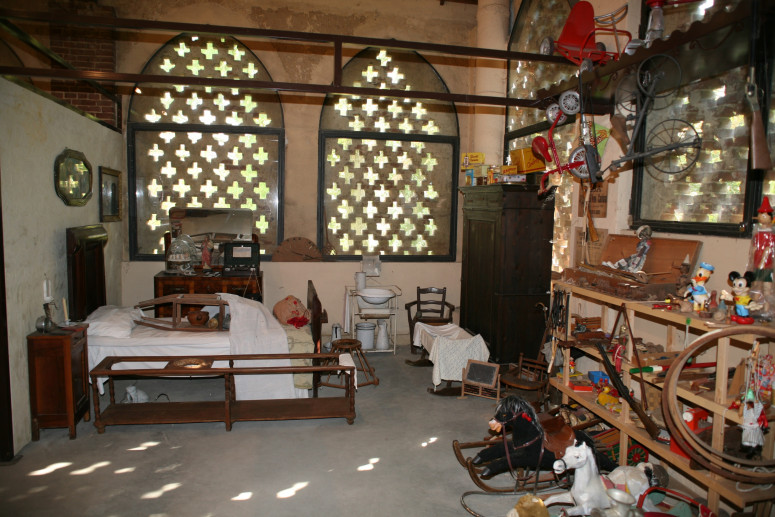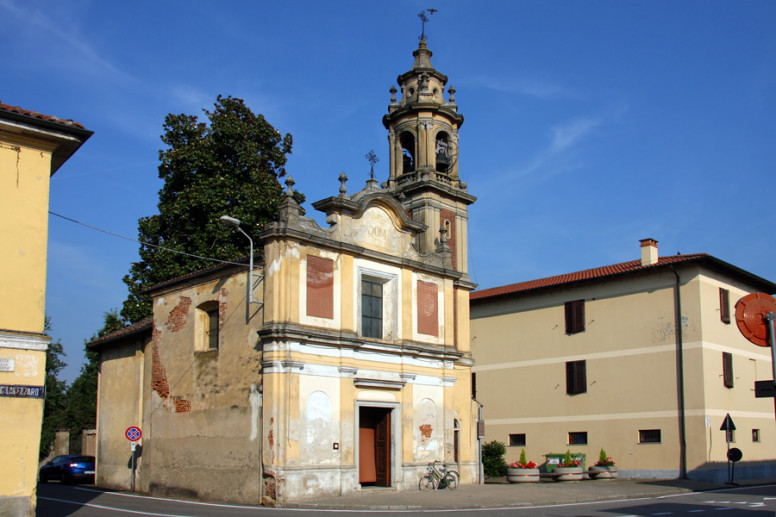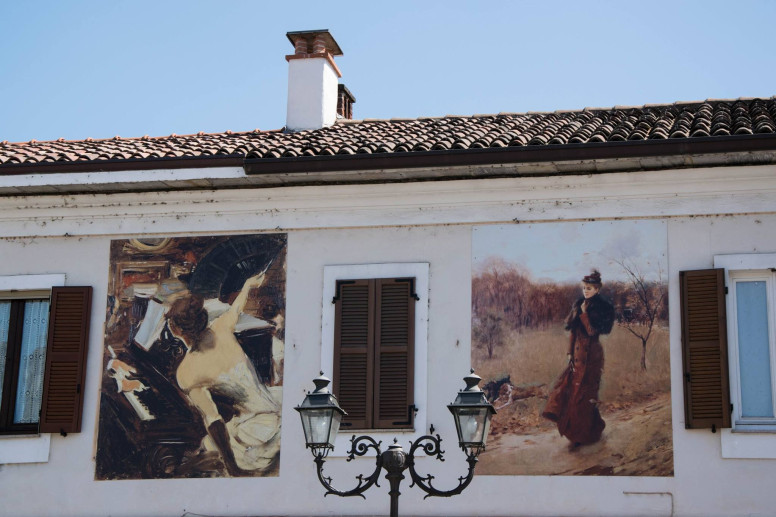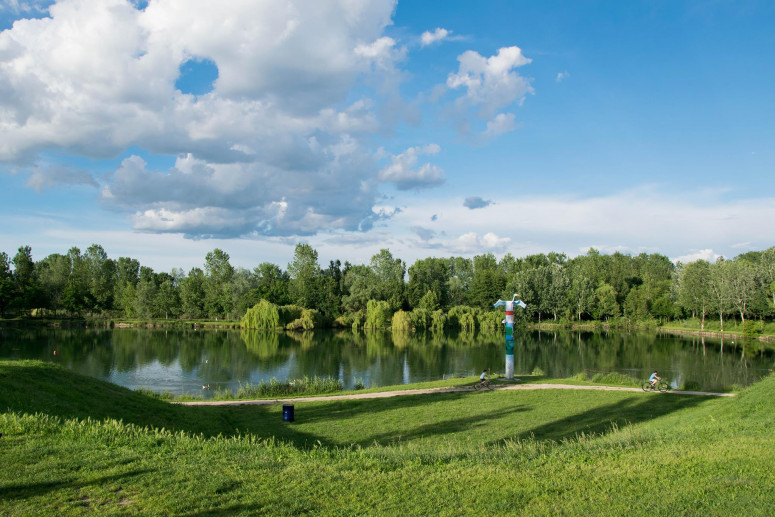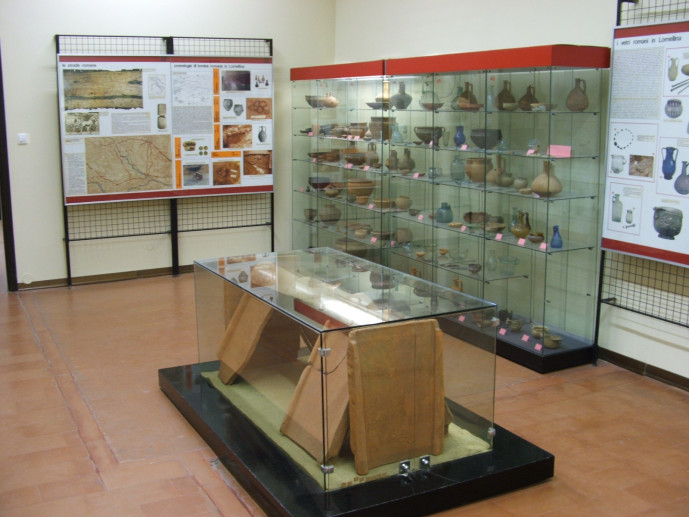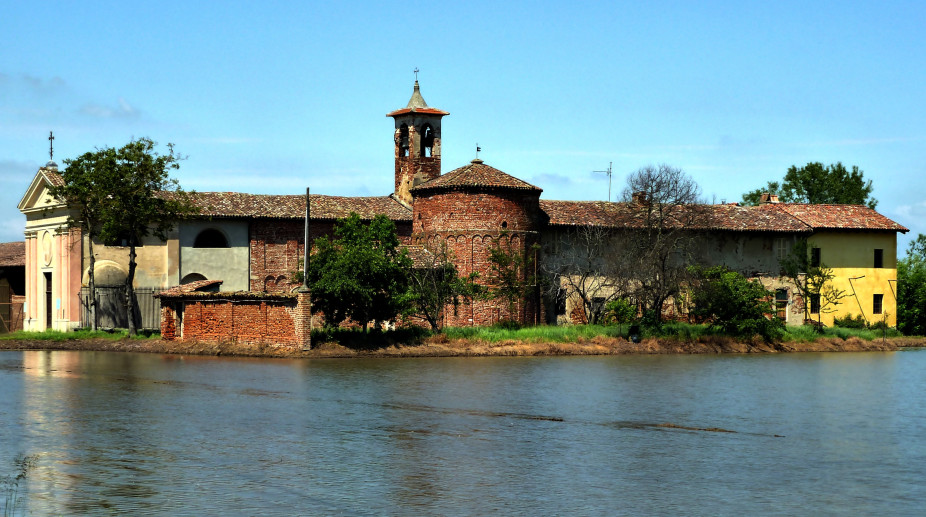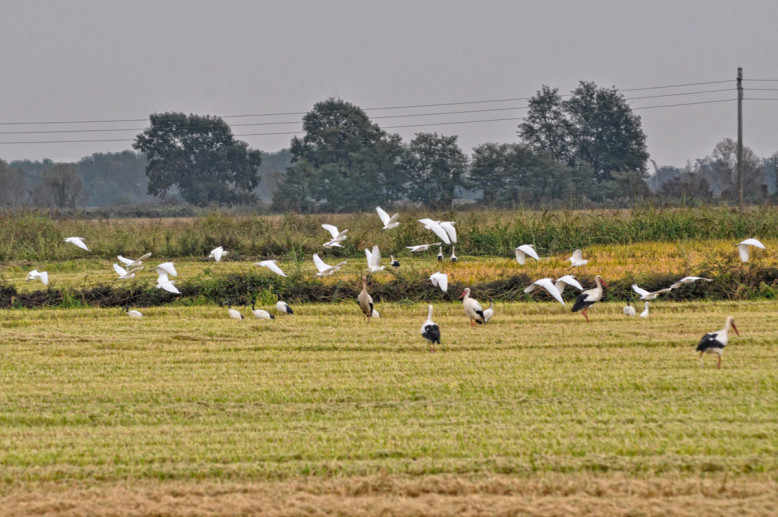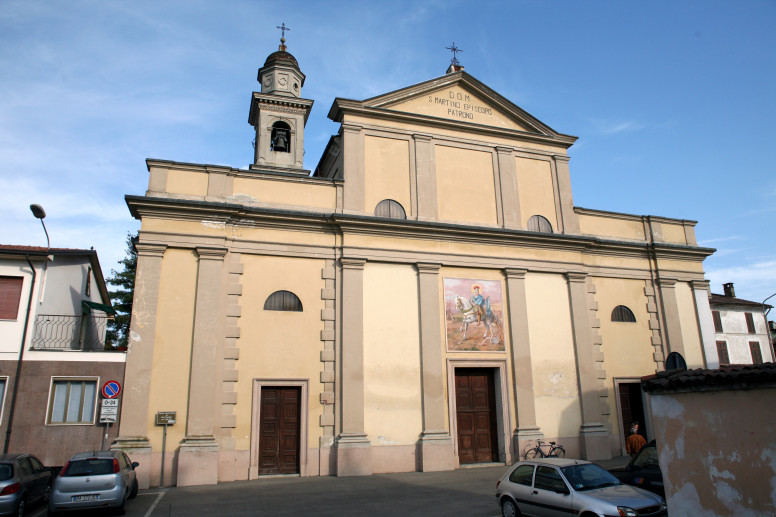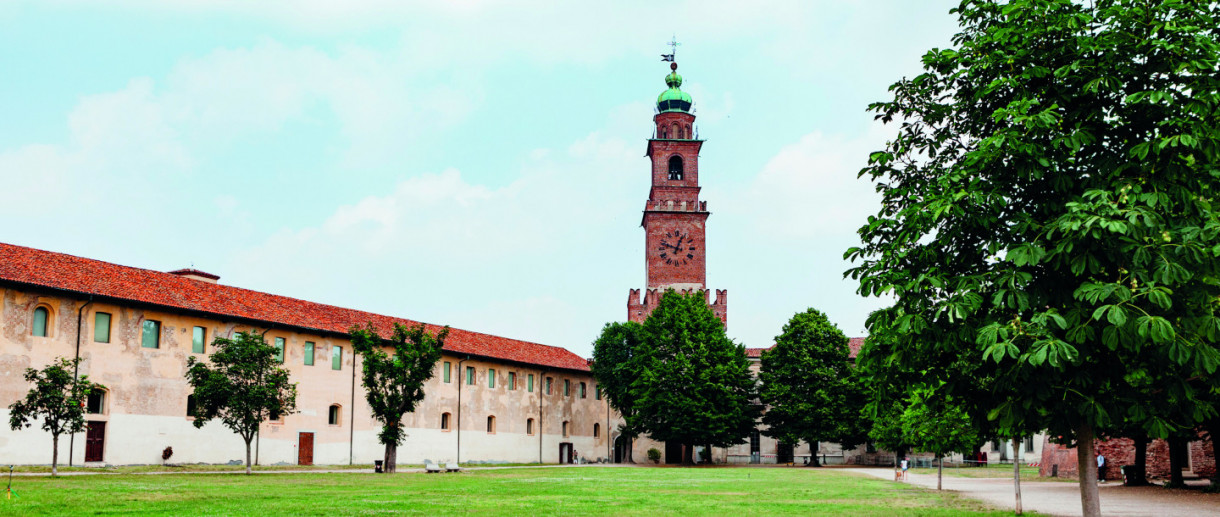- Villages
- Art & Culture
- Religious Tourism
Mortara
Mortara has earned the title of the homeland of the world's finest "Salame d’Oca" over the decades.
Mortara town is famous for its many churches and basilicas of which the most historically important is the 8th century Abbazia di Sant'Albino on the Via Francigena, Today the church, with fifteenth century frescoes and an elegant Renaissance portal, a Romanesque-Gothic belltower, the remains of a cloister with a stone loggia and wooden lintels is all that is left of the abbey together with a number of now dilapidated agricultural buildings linked to the historic monastery.
Mortara is the second-largest city in Lomellina after Vigevano. It was involved in a famous historical event during the medieval era: on October 12, 773 AD, the Franks, led by Charlemagne, clashed in these very fields in a bloody battle against the Lombards, commanded by King Desiderius.
It is possible that the town's name originates from the aftermath of that fierce battle: Mortis Ara, later transformed over the centuries into Mortara, means "altar of death" in Latin. The Franks emerged as the undisputed victors and buried their fallen soldiers near the Abbey of St. Albino.
Today, Mortara is known for its prominent role in agriculture and industry, but a visit to the city in September offers a chance to experience grand historical parades that bring its past to life. At the end of every summer, Mortara hosts the Sagra del Salame d’Oca, a unique event where visitors can savor this traditional delicacy while enjoying street performances and dances. During the festival, the city’s seven contrade (districts) stage an unmissable "living game of the goose," where teams progress on a giant board based on their archery skills.
